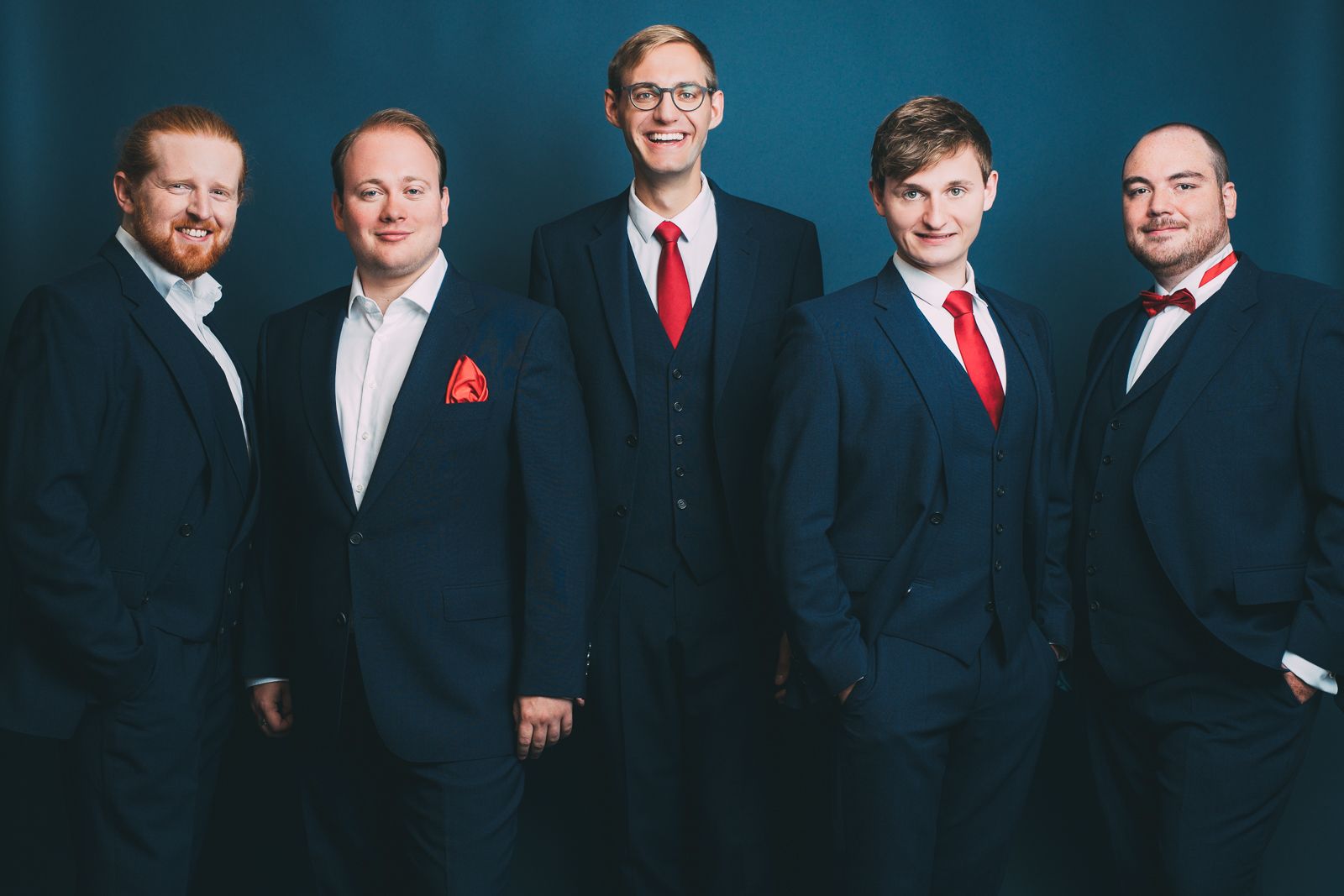Beamforming with Microphones
Calculation, programming by Stefan Kießling, 2025
Website tested with Safari 18, Firefox 115 and Chrome 110 on macOS Beamforming allows to create some directivity by using a bunch of non-directional wave receivers resp. to increase the directivity of receivers that are already directional. In other words: the sensitivity can be increased in one direction while the sensitivity in other directions is decreased resp. the incoming signals from other directions are attenuated.
 To achieve this it is not necessary to physically move the antennas/the microphones. Instead, by applying a delay
in a well designed mannor signals from the individual receivers are shifted and therefore interfere with the signals
from neighbouring receivers in a way, that constructive and destructive interferences occur. For most angles the interference
is destructive. Two (for non-directional receivers and front-back-symmetrical receivers) or one angles show constructive interference.
This interference is highly frequency dependent. For the one or two angles where the constructive interference occurs, the
signal has a flat frequency response: the resulting signal is uncoloured. All other angles (that are meant to be attenuated) produce
a highly coloured result. The high frequencies usually are attentuating first. This effect is already enough for the human for the human ear
to perceive the signal as being reduced in its intensity.
To achieve this it is not necessary to physically move the antennas/the microphones. Instead, by applying a delay
in a well designed mannor signals from the individual receivers are shifted and therefore interfere with the signals
from neighbouring receivers in a way, that constructive and destructive interferences occur. For most angles the interference
is destructive. Two (for non-directional receivers and front-back-symmetrical receivers) or one angles show constructive interference.
This interference is highly frequency dependent. For the one or two angles where the constructive interference occurs, the
signal has a flat frequency response: the resulting signal is uncoloured. All other angles (that are meant to be attenuated) produce
a highly coloured result. The high frequencies usually are attentuating first. This effect is already enough for the human for the human ear
to perceive the signal as being reduced in its intensity.
Here the calculator takes a row of n Microphones. This is sufficient for explaining the basic principle. In a real world scenario
the mics must be at least in a two dimensional array, e.g. like a square.

In this calculator you will hear a recording the Ensemble Nobiles – a 5 part setting, distributed from left to right at with 45° steps. You can choose the number of microphones, their patterns, their distances (just drag the mics to the side) you want to virtually set up in the middle of the ensemble. Next choose the angle. The calculator determines the appropriate delays for each microphone to create a „beam“. You will see the delays in the microphones. You will see a resulting polar pattern that is most sensitive at your chosen angle. The more mics you use, the more effective. The internal audio mixer applies the determined delays, takes the position and the pattern of the mics into consideration. As the result you will hear, how the sound source in front of the beam is the most clear one, the others are more or less attenuated, although muddy. By changing the angle you can focus on the single parts of the ensemble.
| Number of Mics | |
| Angle of the Beam | |
start animation | |
Resulting Pattern
after mixing all microphones into one channel.
